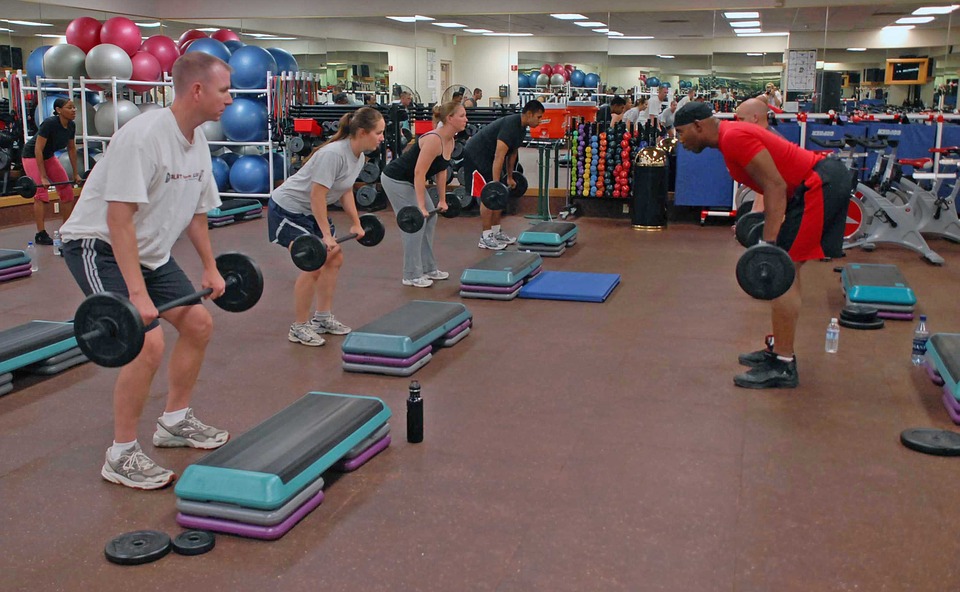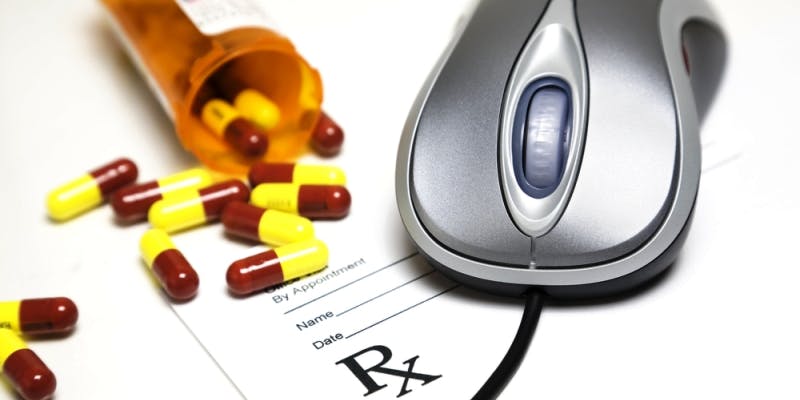We live in the golden age of digital, technological, scientific, medical, and social progress. Today, the development is defined almost entirely by the banal improvements in the technology. Digital health and fitness is now the center of attraction for everybody. We can’t imagine life without them. Surely, every day or the other we can see something new coming into the market. These days, fitness gadgets and wearables have created a lot of buzz, and you would find every other person having something smart in ‘their’ hands. These gadgets are a boon for the health-conscious people. But as they are an advantage to society, there are many misconceptions and myths which are attached to it. Let me point towards a few of them so that you have a better idea of what to avoid the next time you think of buying a fitness gadget.
Wearables are fad
If you’re saying so then you’re a fad! Wearables are definitely going to change. Some would become invisible, some will be disposed of, some will be fashion items and others would be implanted somewhere or the other. But the one thing which remains the same is that if we want to know more about us, we ought to know more about these wearables.
Smartwatches needs smartphones
This is not true all the time. Some of the big brands have SIM cards slots available inside the smartwatches for the solo connectivity. You wouldn’t need to pair them up with the smartwatches. These watches don’t require you to have a smartphone in your pocket to track down and record your exercise data.
5000 steps burn 200 calories
This is not always true. These fitness belts also depend upon many factors such as body weight and age. Also, it depends upon “how briskly you’re walking?” “What’s your stride length?” “Are those steps up or down the hill? Also, the footsteps of many people can be varying. If you’re on a weight loss plan, don’t count your calories this way. Eat a little less; about a quarter of what you’re usually eating, walk about 10 thousand steps, and you’d surely reap the benefits.
Wearable payments are not safe
The truth is that it is safer than most of the contactless and cashless payments. A wearable is connected to your debit or credit card, and each time you tap, the payment is taken off. Also, there are certain limits per transaction, so it would be difficult for someone to take out your money as the system would auto decline them.
Sleep tracker smart alarms would make you feel better
It is not true in all cases and situations. Smart alarms are capable of detecting your phase of sleep and demonstrate how “smart” the technology is rather something that we actually need in our lives.
Wearables would make you look at screens all-day
No, this is simply not true. Wearables are made to look away from the screen of your phone. Of course, you need to peep inside the screen of your watch. But the idea here is that they act as devices which can filter out the noise of your mobile. In a quick glance, you can select which phones to pick up. An eye at your arm helps you in ignoring the “not-so-important” social media buzz. These things would help you in socially detoxifying yourself.
Heart-rate monitors on watches are not enough accurate
The deal here is these heart monitors are more accurate than most of the other Heart-rate monitors available in the market. And of course, they are getting more accurate day by day.
So, if you want to buy a smart gadget, keep this important stuff in mind. Also, don’t get carried away with what people have to bluff about these beautiful pieces of innovation.
Read also:






















